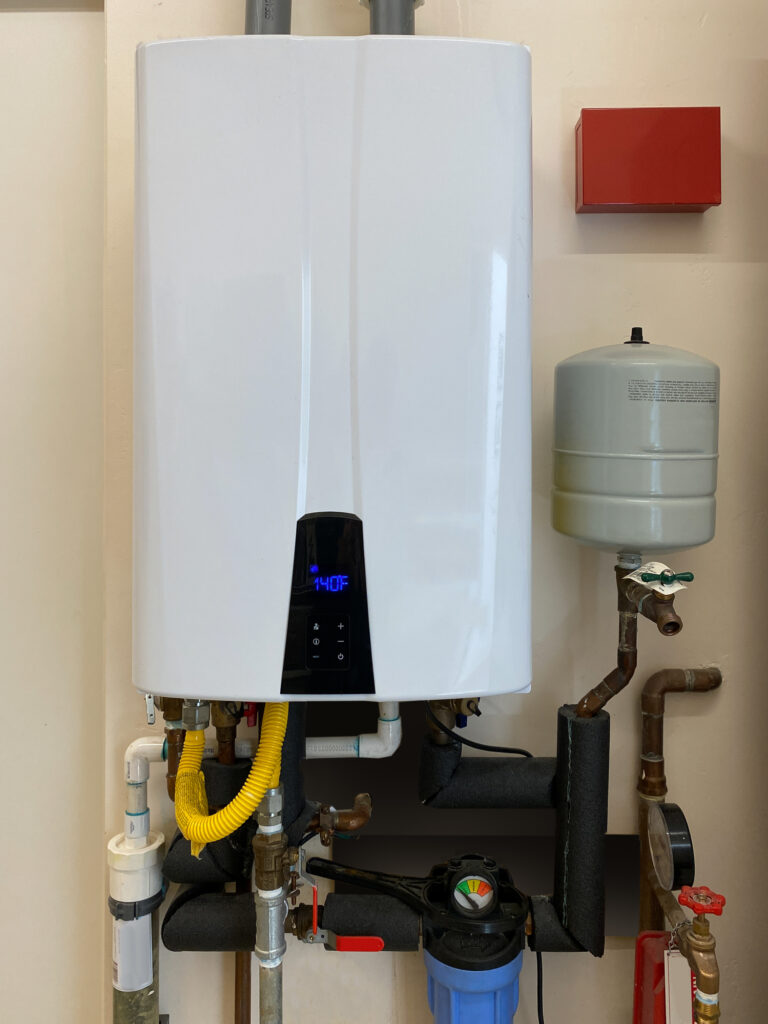Tankless water heaters are popular for homeowners looking for an energy-efficient and space-saving alternative to traditional tank-style water heaters. However, like any other appliances, they require regular maintenance to function properly and avoid costly repairs. One crucial maintenance task that is often overlooked is flushing the water heater.
Why Flushing is Necessary?
Over time, mineral deposits such as calcium and magnesium (also known as “scale”) can build up inside the heat exchanger of your tankless water heater. These deposits can reduce the efficiency of your water heater, leading to decreased hot water output and increased energy consumption. Flushing your water heater helps remove these mineral deposits, ensuring that your system operates at peak performance and lasts longer.
How Often Should You Flush Your Tankless Water Heater?
The frequency of flushing your tankless water heater depends on several factors, including the hardness of your water supply, the amount of hot water used in your household, and the manufacturer’s recommendations. As a general guideline, it is recommended to flush your tankless water heater at least once a year.
However, if you have hard water or use a lot of hot water, you may need to flush your system more frequently.
Problems That Can Occur When Neglecting Maintenance:
Neglecting to flush your tankless water heater can lead to several problems, including:
- Decreased hot water output: As mineral deposits build up inside the heat exchanger, they can restrict the flow of water, leading to reduced hot water output.
- Increased energy consumption: A dirty heat exchanger is less efficient, meaning your water heater will need to work harder and use more energy to heat the same amount of water.
- Shortened lifespan: Mineral deposits can cause corrosion and damage to the internal components of your water heater, leading to a shorter lifespan and the need for premature replacement.
- Potential safety hazards: In extreme cases, a buildup of mineral deposits can cause the heat exchanger to overheat, leading to a possible fire hazard.
- Costly repairs: Neglecting regular flushing can lead to expensive repairs or even the need for a complete system replacement.
Regular flushing of your tankless water heater is essential to ensure its proper functioning and to avoid costly repairs or replacements.
If it’s been a while since your last tankless water heater flush, call or text us to set up an appointment.


